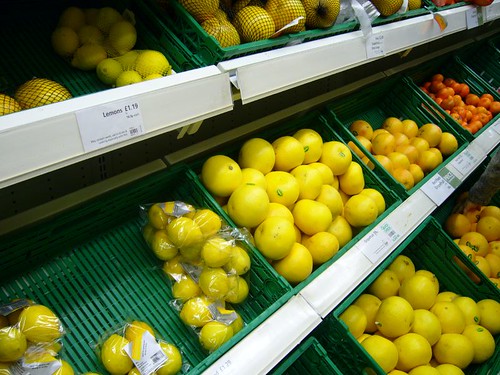An example of how technology changes things
I have found the Never Seconds debacle quite interesting. Story in a nutshell, in case you missed it: nine-year-old Martha Payne writes a daily blog in which she uploads a picture of her school lunch and reviews it. Argylle and Bute Council has some sort of nervous breakdown and issues an edict telling Martha that she isn’t allowed to take photos of her lunch, because catering staff are now in fear of their jobs. As a consequence, Martha’s blog gets over 5 million page views in just a few days, the number of comments on her posts soars from around 30 to over 2,300 in two days, and Argyll and Bute rescind the ban.
A few aspects of this are worth discussing with students I think.
First, here is proof, if any were needed, that the old adage of “What happens in Las Vegas stays in Las Vegas” is no longer true, even assuming it ever was. Anything can be communicated to the other side of the world within seconds. I’d assumed everyone knew this, but apparently not, otherwise why would anyone risk such negative publicity?
Second, and related to the first point, my understanding is that the blog itself wasn't banned, just the photography. If photos make the food looks so unattractive that people might get the sack for dishing it out, there is a much more creative solution than banning photos. It’s notoriously difficult to photograph food in a way that makes it look attractive. I even heard of a beer company that uses its main rival’s product in advertisements because its own looks horribly anaemic. So one solution might have been for Argylle and Bute to try to connect Martha with a professional food photographer, a move which would have generated lots of good publicity.
Third, Martha uses her blog to raise money for a charity. The publicity resulting from this furore has led to her target being greatly exceeded. This illustrates two things: that blogging and similar social media has the potential to make anyone’s voice heard; secondly, perhaps it really is true that there is no such thing as bad publicity: at least, this certainly worked out well from Martha’s point of view.
Fourth and finally, this story also illustrates that the traditional press is not dead yet, contrary to what some folk say. Newspapers picked up on the story, and then helped to spread it. I wonder if it would have been quite as widely publicised without their involvement.
Food for thought, to coin a phrase.
You can read Martha’s blog here: Never Seconds.
Paul Clarke has written an interesting account of the story: Food for thought. See David Henderson’s article (below) too.
There is also a lot of comment on Twitter: #neverseconds.

